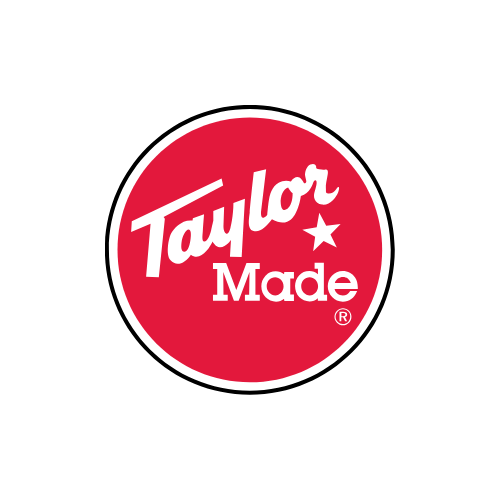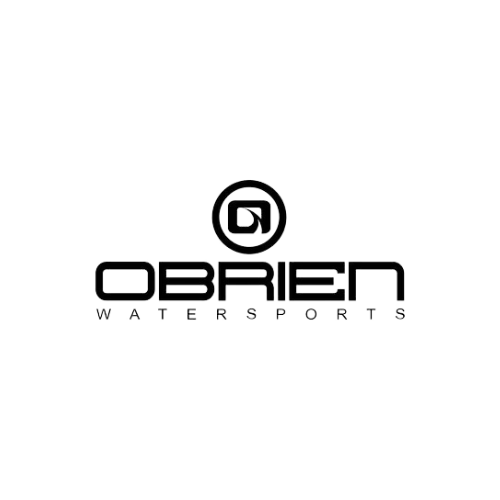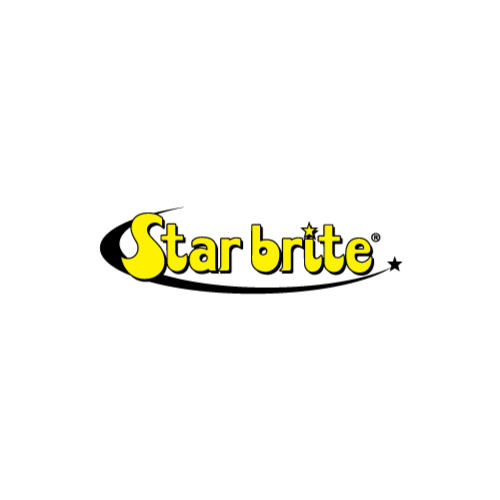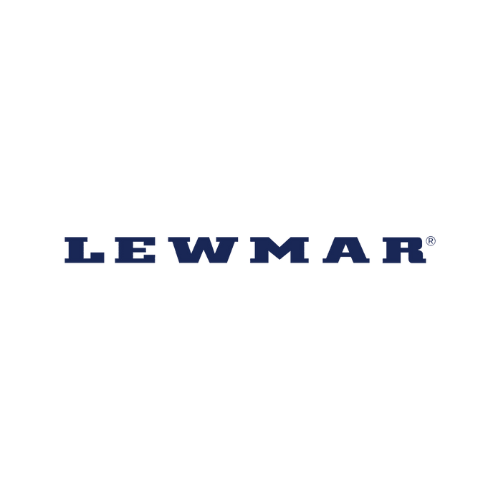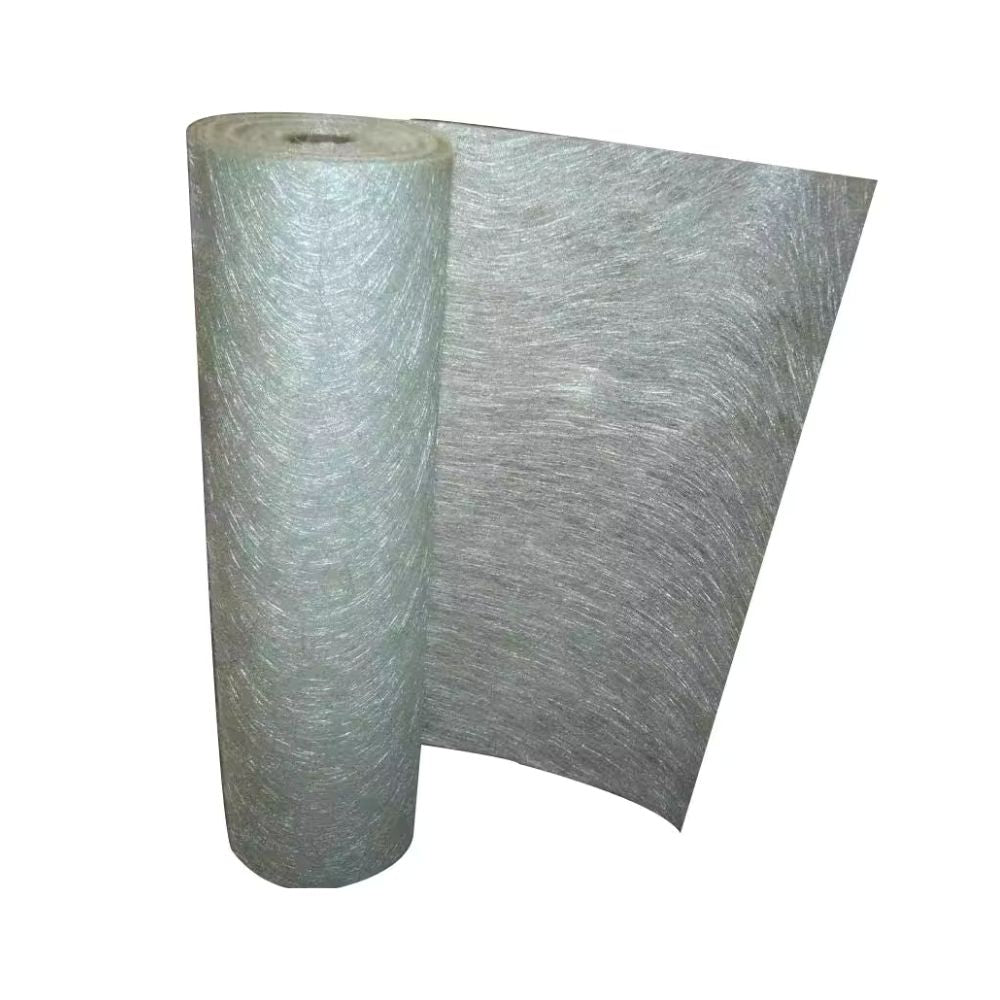
How Is Fiberglass Chopped Strand Mat Made?
Fiberglass is one of the most commonly used materials in boat building and marine repairs, thanks to its incredible strength-to-weight ratio and resistance to moisture. One popular form of fiberglass reinforcement is chopped strand mat (CSM)—a versatile material used in everything from hull repairs to custom mold fabrication. But how exactly is fiberglass chopped strand mat made?
In this article, we’ll take a closer look at how this essential material is produced and why it plays such a key role in marine applications.
What Is Chopped Strand Mat?
Before diving into the manufacturing process, it helps to understand what chopped strand mat actually is. CSM is a non-woven fabric made from randomly distributed strands of glass fibers that are chopped to a specific length and then held together by a binder. The result is a mat that’s easy to shape, wets out quickly with resin, and adds solid bulk and strength to fiberglass laminates.
Step-by-Step: How Chopped Strand Mat Is Made
1. Glass Fiber Production
The process starts with raw materials like silica sand, limestone, and other minerals. These materials are melted at extremely high temperatures—around 2,500°F—to form molten glass. The molten glass is then extruded through small bushings to create continuous filaments, usually around 13-17 microns in diameter.
2. Chopping the Strands
Once the continuous glass filaments are formed, they are bundled into rovings. These rovings are then fed into a chopping machine that cuts the fibers into short lengths—usually between 1 to 2 inches long. This is what gives chopped strand mat its name.
3. Mat Formation
The chopped strands are then randomly dispersed onto a conveyor belt, forming a loose web. A chemical or powder binder is sprayed or layered into this web to hold the fibers together. This binder activates during the heating process, bonding the strands and forming the mat structure.
4. Curing and Drying
The mat is then passed through a heat-curing oven, where the binder sets and the material solidifies into a usable sheet. After curing, the chopped strand mat is cooled and trimmed to the desired width and length, then rolled up for distribution.
Why Use Chopped Strand Mat in Marine Applications?
Chopped strand mat is especially valued in the marine industry because it offers:
-
Excellent Resin Compatibility: It wets out easily, making it ideal for hand lay-up and open molding.
-
Uniform Strength: The random orientation of fibers provides consistent strength across all directions.
-
Ease of Use: It conforms well to complex shapes and contours, ideal for boat hulls and repairs.
Whether you’re repairing a damaged section of your boat or building a new fiberglass component from scratch, chopped strand mat is often the first material used in the layup process due to its versatility and strength.
Ready to Get to Work?
If you’re planning a fiberglass repair or build, you’ll need the right materials to get the job done right. At Boat Suppliers, we carry a wide range of fiberglass materials and marine supplies.
👉 Explore our full selection of fiberglass matting and resins here to get started on your next project.
Conclusion
Understanding how chopped strand mat is made gives you deeper insight into why it performs so well in marine applications. From the molten glass to the final cured mat, every step in the process ensures you’re working with a reliable, high-performance material. Whether you’re a DIY boater or a professional builder, CSM remains a cornerstone of fiberglass construction and repair.
Have questions or need help picking the right fiberglass materials? Don’t hesitate to reach out to our team at Boat Suppliers—we’re here to help you hit the water with confidence.
Prev post
Resin Cleanup Made Easy: Boatyard-Pro Tips
Updated on 15 August 2025
Next post
Vacuum Bagging Guide
Updated on 10 August 2025




